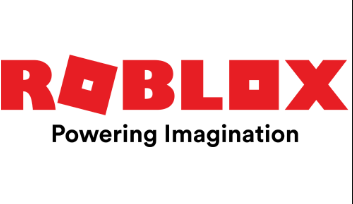

For example, the company’s bookings - what it defines as “sales activity in a given period without giving effect to certain non-cash adjustments” - grew 62% in 2018 to $499.0 million, 39% in 2019 to $694.3 million, and 171% to $1.24 billion in the first three quarters of 2020, when compared to the same period of 2019. How investors weigh that warning against the company’s growth remains to be seen, but Roblox has had an extraordinary 2020. The unicorn gaming company also warned that “in future periods” it anticipates “growth rates for our revenue to decline,” going on to warn that it “may not experience any growth in bookings or our user base during periods” that are later compared to its COVID-boosted 2020 results. A COVID-derived tailwind has helped the company, with Roblox stating in its S-1 filing that it enjoyed “rapid growth” in part of Q1, and all of Q2 and Q3 that it says was “due in part to the COVID-19 pandemic given our users have been online more as a result of global COVID-19 shelter-in-place policies.” The company, then, has grown more quickly in 2020 to date than it did in 2019, an impressive acceleration at scale.

More recently, the company’s revenue expanded 68% in the first three quarters of 2020 from its 2019 result over the same period, to $588.7 million. Roblox has seen similar growth in its total revenues, growing 139% to $312.8 million in 2018, and 56% to $488.2 million in 2019. We’ve also dug into its tech stack evolution here, if that is your jam.) (TechCrunch has a deep-dive into Roblox and its pre-IPO success here if you want more depth in its business mechanics. According to Roblox, its developer and creator pool earned $72.2 million in the first three quarters of 2019, a figure that soared to $209.2 million in the same period of 2020. Third-party developers can create experiences on the platform that cost Robux, a model that has seen significant uptake over time.


 0 kommentar(er)
0 kommentar(er)
